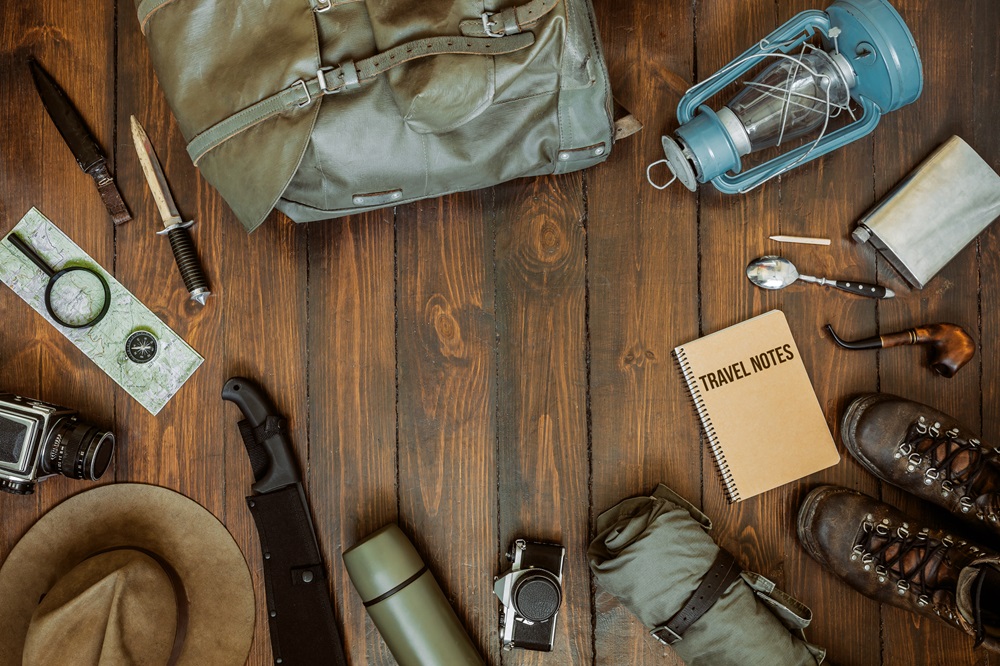Scoring screaming deals on camping gear enables more epic outdoor getaways on a budget.
But cut-rate tents, bags and packs often conceal lower-quality materials prone to failure.
Before snapping up markdown discount camping equipment, let’s explore problematic fabrics and fillers that could literally leave you out in the cold!
Bargain Tent Fabrics
A tent sits defenseless against the elements hour after hour. Cheaping out on vulnerable canopy materials risks collapsed shelters or flooded floors. Two fabrics spell certain soggy trouble:
Polyethylene (PE) – This thin plastic sheeting tears easily and lacks coatings to resist precipitation. Any moisture absorbed also promotes mold growth. PE tents might survive calm backyard use but quickly crater when weather turns.
Cotton – Surprisingly still used in low-end designs, cotton soaks up insane amounts of water and loses structural integrity when wet. Expect drastic sagging under rainfall and ruthless heat bleed-through from the soaked enclosure.
Far better waterproof, breathable and durable alternatives exist just a tier higher in price:
- Polyester – Lightweight yet robust, polyester coatings provide good weather protection at a bargain basement cost. It isn’t the most breathable but resists condensation effectively.
- Nylon – Exceptionally robust double-layered nylon stands up to years ofUV exposure and packs down very small. Look for silicone treatments to further boost water repellency and longevity.
Prioritizing these over film-thin PE or thirsty cotton makes tent failure far less likely.
Questionable Sleeping Bag Insulation
Cold and damp are any hiker’s worst enemies at night. Your mummy bag’s insulating fill keeps the first enemy at bay…unless made from these thermal duds prone to losing loft:
Low Fill Power Down – Cost-saving sparse feather packing lacks dense heat-trapping voids necessary when compressed in a stuff sack. Such limp, easily crushed fill packs down smaller but effectively does nothing against chill!
Heavy Cotton Batting – Natural batting like wool poses humidity and weight issues without modern hollow or crimped fibers for stable insulation. Dampness readily solidifies into useless clumped batting that never regains fluff.
Go synthetic or high fill power down instead:
- Primaloft – Lightweight polyester microfibers retain warming loft even compressed when wet. A longtime favorite for affordable and reliable insulation.
- 800+ Fill Power Down – Premium waterfowl plumage with finer strands and more flexible connective tissues stay springy and heat retentive through repeated packing cycles. Worth the cost!
An extra $20-40 prevents bone-numbing misery all night in discounted bags.

Flimsy Backpack Fabrics
Carrying necessary hiking and camping gear demands durable packs that won’t buckle. Two notoriously weak contenders to avoid:
Vinyl Coated Polyester – The vinyl coating on cheaper polyester simply chips, cracks and peels off from abrasion. Unprotected loose weave fabric beneath tears rapidly from normal wear. Don’t expect longevity!
Mesh – Breathable mesh makes great pockets but fails utterly as main pack material. There’s no reinforced structure or abrasion resistance at all! Few mesh packs survive more than a season or two before literal holes open up.
Again, dotted upgrades deliver radically improved resilience:
- Ripstop Nylon – Tight diagonal weave prevents little snags becoming big rips across shoulders and sides exposed to branches and rock. Lightweight yet mighty – it’s a wonder why other fabrics exist!
- Cordura Nylon – Branded thick abrasion-resistant Cordura nylon stands up to serious punishment along the bottoms and fronts of bags. A bit heavier but built to last.
Save weight in your wallet by skipping bargain bin tents, bags and packs filled with the wrong materials!
Applying this advice keeps future wilderness adventures happy rather than catastrophic. Let me know if any other budget gear questions come up!










